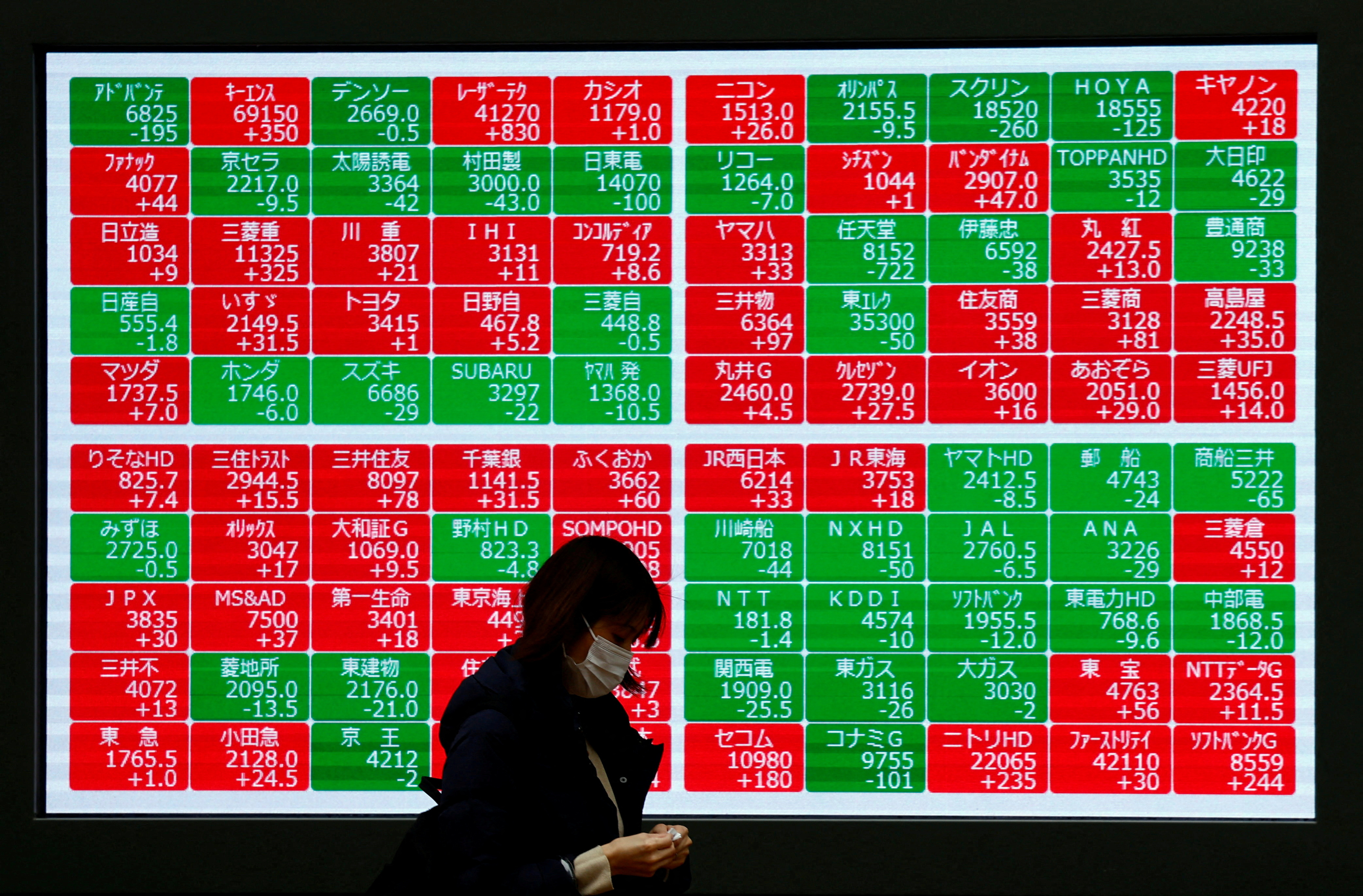
Sustainable Development Goals (SDGs) and Health Disparities Among Black People in the United States
Introduction
Today’s health and health care disparities are rooted in a long history of U.S. policies and events and reflect the ongoing impacts of racism at multiple levels, including in systems, structures, policies, and interpersonal interactions. Understanding this past and how it shapes present-day disparities can help inform and guide efforts to address them. It also is important to recognize the resilience of marginalized people in the face of these challenges and disparities and to consider how to build on their strengths by prioritizing community engagement and leadership to mitigate disparities and improve overall health and well-being. This report examines how past policies and events are linked to present-day disparities among Black people in health care and health outcomes.
Current Disparities Faced by Black People
- Higher uninsured rates
- More likely to go without care due to cost
- Worse reported health status
- Nearly five years shorter life expectancy compared to White people
- More than two times higher infant mortality rate than White infants
- Nearly three times more likely to die due to pregnancy-related reasons
Historic Roots of Health Disparities
- Race is a social construct with no biologic differences
- Historic policies and events were rooted in since disproven beliefs about biologic differences by race and white supremacy
- Inaccurate beliefs contributed to false ideas and historic abuses and mistreatment of Black people by the medical system
Continued Impact on Health Care System
- Widespread beliefs among White medical students, residents, and laypeople in biologic differences between Black and White people
- Race plays a role in medical education and clinical decision making through provider attitudes and biases, disease stereotyping and nomenclature, and as part of clinical algorithms, tools, and treatment guidelines
Experiences Seeking Health Care
- Black adults more likely to report being treated unfairly or with disrespect by a health care provider due to their race and ethnicity
- Black adults more likely to report negative experiences, such as being refused pain medication or having a request or question ignored
- Over half of Black adults feel they must be very careful about their appearance to be treated fairly during health care visits
- Black adults more likely to view racism as a major problem in health care and less likely to trust providers
The Role of a Diverse Health Workforce
- Black adults who have more visits with providers who share their racial or ethnic background report more positive provider interactions
- Patient and provider racial concordance may contribute to improved health care use and health outcomes
- Underrepresentation of Black adults in the health care workforce is a barrier to achieving racial concordance
Lack of Diversity in the Health Care Workforce
- Historic actions, such as the closure of historically Black medical schools, have contributed to the underrepresentation of Black physicians
- Supreme Court ruling against affirmative action policies in higher education could further exacerbate the lack of diversity in the health care workforce
Underlying Structural Inequities
- Ongoing residential segregation and past policies like redlining contribute to limited access to resources that support health and increased exposure to health risks
- Black people more likely to live in areas with limited educational and employment opportunities, limited access to healthy food options, less access to green space, and more limited transportation options
- Increased environmental and climate-related health risks in areas where Black people are more likely to live
Disparities in Access to Medical Advancements and Technologies
- Underrepresentation in clinical trials and disparities in accessing new drugs and therapies contribute to disparities in health outcomes
- Biases in clinical decision-making processes and limitations in access to providers may inhibit access to medical advancements
Impact of Clinical Algorithms and Artificial Intelligence
- Algorithms can lead to biases in treatment if built on biased or non-representative data
- Carefully designed algorithms have the potential to reduce bias in treatment and care
SDGs, Targets, and Indicators
1. Which SDGs are addressed or connected to the issues highlighted in the article?
- SDG 3: Good Health and Well-being
- SDG 5: Gender Equality
- SDG 10: Reduced Inequalities
- SDG 11: Sustainable Cities and Communities
- SDG 13: Climate Action
2. What specific targets under those SDGs can be identified based on the article’s content?
- SDG 3.8: Achieve universal health coverage, including financial risk protection, access to quality essential health care services, and access to safe, effective, quality, and affordable essential medicines and vaccines.
- SDG 5.1: End all forms of discrimination against all women and girls everywhere.
- SDG 10.2: By 2030, empower and promote the social, economic, and political inclusion of all, irrespective of age, sex, disability, race, ethnicity, origin, religion, or economic or other status.
- SDG 11.3: By 2030, enhance inclusive and sustainable urbanization and capacity for participatory, integrated, and sustainable human settlement planning and management in all countries.
- SDG 13.1: Strengthen resilience and adaptive capacity to climate-related hazards and natural disasters in all countries.
3. Are there any indicators mentioned or implied in the article that can be used to measure progress towards the identified targets?
- Indicator: Life expectancy
- Indicator: Infant mortality rate
- Indicator: Maternal mortality rate
- Indicator: Uninsured rates
- Indicator: Access to care due to cost
- Indicator: Reported health status
- Indicator: Trust in healthcare providers
- Indicator: Diversity in the healthcare workforce
- Indicator: Residential segregation
- Indicator: Access to resources supporting health
- Indicator: Environmental and climate-related health risks
- Indicator: Representation in clinical trials
- Indicator: Access to new drugs and therapies
- Indicator: Bias in clinical algorithms and artificial intelligence
Table: SDGs, Targets, and Indicators
| SDGs | Targets | Indicators |
|---|---|---|
| SDG 3: Good Health and Well-being | Target 3.8: Achieve universal health coverage, including financial risk protection, access to quality essential health care services, and access to safe, effective, quality, and affordable essential medicines and vaccines. | – Life expectancy – Infant mortality rate – Maternal mortality rate – Uninsured rates – Access to care due to cost – Reported health status – Trust in healthcare providers |
| SDG 5: Gender Equality | Target 5.1: End all forms of discrimination against all women and girls everywhere. | – Trust in healthcare providers |
| SDG 10: Reduced Inequalities | Target 10.2: By 2030, empower and promote the social, economic, and political inclusion of all, irrespective of age, sex, disability, race, ethnicity, origin, religion, or economic or other status. | – Diversity in the healthcare workforce – Residential segregation – Access to resources supporting health |
| SDG 11: Sustainable Cities and Communities | Target 11.3: By 2030, enhance inclusive and sustainable urbanization and capacity for participatory, integrated, and sustainable human settlement planning and management in all countries. | – Residential segregation – Access to resources supporting health |
| SDG 13: Climate Action | Target 13.1: Strengthen resilience and adaptive capacity to climate-related hazards and natural disasters in all countries. | – Environmental and climate-related health risks |
Behold! This splendid article springs forth from the wellspring of knowledge, shaped by a wondrous proprietary AI technology that delved into a vast ocean of data, illuminating the path towards the Sustainable Development Goals. Remember that all rights are reserved by SDG Investors LLC, empowering us to champion progress together.
Source: kff.org

Join us, as fellow seekers of change, on a transformative journey at https://sdgtalks.ai/welcome, where you can become a member and actively contribute to shaping a brighter future.






